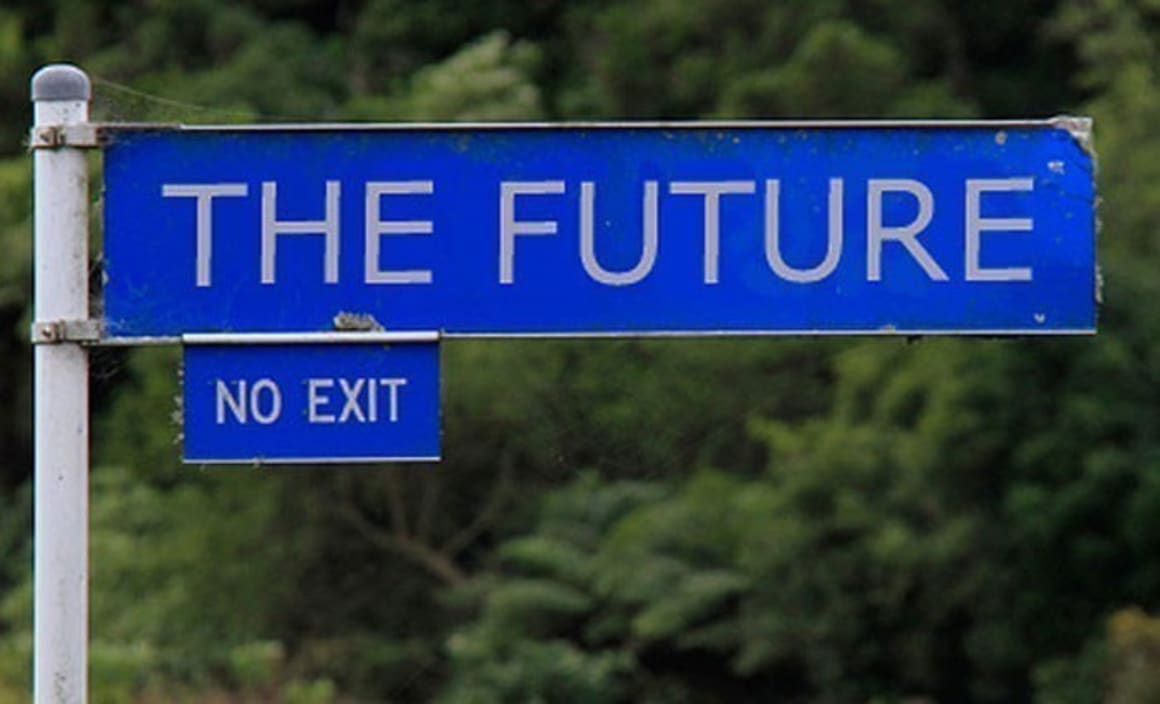Why Sydney has a big problem with the future

I, like many property observers, am laughing at those commentators who are speculating that Australian houses could fall by up to 20% – an assumption that I find totally absurd.
It's far easier to question the state of the minds of those making such fanciful attention-seeking ‘listen to me because I’m important’ commentaries. Yes, house prices now equate to 4.3 times annual income and 28 times annual rent – however we are seeing less households selling today, with the mindset moving to long-term holds.
There is little point or relevance for that matter comparing Australian house growth to the other major economies around the world, for the simple reason that Australia has the smallest population – 22.68 million which is then reflective in the number of properties. The smaller the market, the tighter the hold and today there is no better example than Mosman, which has just 4,800 houses approximately.
In 2007 as the global financial crisis (GFC) loomed Mosman was put on notice by many of these so-called experts that prices would be decimated given its high dependence on the banking and financial industries which were spiraling downwards into oblivion. Well as it later showed Mosman had one of the (if not the) lowest delinquency rates in Australia and I am the first to admit that home prices move in wave – like motions.
In 2006 Mosman sold just 366 houses for a median price of $2,050,000; in 2007 there were 373 sales for a median price of $2,400,000.
In 2008 the median went to $2,450,000 with 247 sales (see my point – less sales with a higher median).
In 2009 sales increased to 278 yet that median fell to $2,200,000, then in 2010 we saw 317 sales recorded and the median jumped up to $2,325,000. In 2011 it went to $2,400,000 with 270 sales, then in 2012 the median fell to $2,100,000 with 284 sales and in 2013 it jumped back to $2,345,000 with 379 sales. Only a genius could make sense from that data.
Earlier this year we read speculation that with the Australian dollar falling our unemployment was on track to be higher than America’s, given it appeared our unemployment rate was 6.00% and climbing. This week we were pleasantly surprised to see the unemployment rate tracking at 5.8% which is a far cry from being north of 6.6%. Although of concern would be the International Monetary Fund warning of new challenges to developing economies. The Australian economy is still seen as below growth trend, although they do have our unemployment tracking at around 6.2% so the latest unemployment results are a fabulous achievement.
Two other interesting observations this week with the All Ordinaries hitting 5,503.5, which is the highest intraday level since September 2008. Then a day later the latest Australian Bureau of Statistics data showed property investor participation rates were trending downwards for the first time in 18 months.
Source: Digital Finance Analytics
One can only hope that this time around property investors are not jumping back into the stock market by borrowing against their property portfolios. If so, this would be yet again another recipe for disaster – but then again history does repeat itself given it is well documented the two don’t really mix.
The Australian Property Monitors March Quarter 2014 Report was released last week and revealed the most amazing statistic (a week of amazing statistics) that Sydney maintains the mantle as the most expensive major capital for tenants with the median weekly asking house rent over the March quarter at $500 and units at $490 per week. With house rents flat lining over the last twelve months, units continue to rise simply because of affordability and an obvious lack of supply which again is a problem caused by governments stymieing the development process.
The latest Landsbury Deep Leeds an Occasional Research Paper which was released last week, revealed the number of proposed apartments in Inner Sydney has grown 20% since their last report in September 2013 to now reach over 30,000. The pipeline now includes 156 projects or major stages of projects, up from 130 in their last report, spread widely across 40 suburbs in 11 local government areas. The Sydney CBD has the most apartments proposed with 4,900 in the Inner Sydney region although the fact that construction is years behind demand is causing Sydney major concerns given our younger generations are now moving interstate.
Last week the ABS predicted Melbourne’s population will overtake Sydney’s by 2053. In the last financial year, NSW lost 4,000 people to Victoria, where a majority are well-educated, highly productive workers in their 30s, in search of cheaper housing or a shorter commute. The tell-tale signs of this migration have been floated for years and are a major concern for Sydney given it lay idle for years and Melbourne on the other hand, was building apartment developments at the fastest rate of any capital city in Australia.
Once they leave it’s a very hard task to entice them back as businesses will move with the population and Sydney can ill-afford to see major business relocating to fit their workforces.
Just another reason why some state governments are seen as totally hopeless with absolutely no vision – the reality is that population planning is completely beyond their comprehension.

